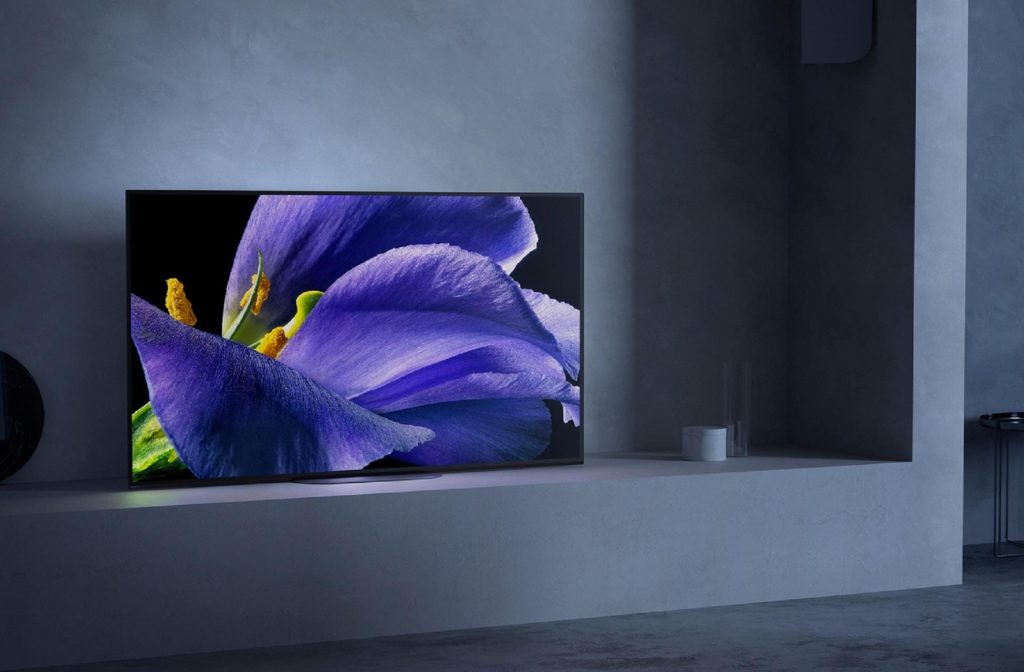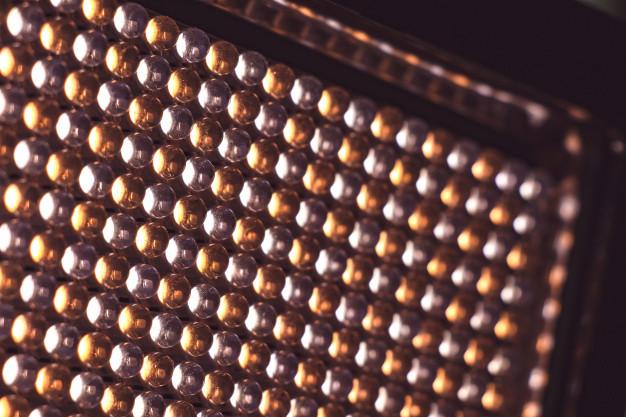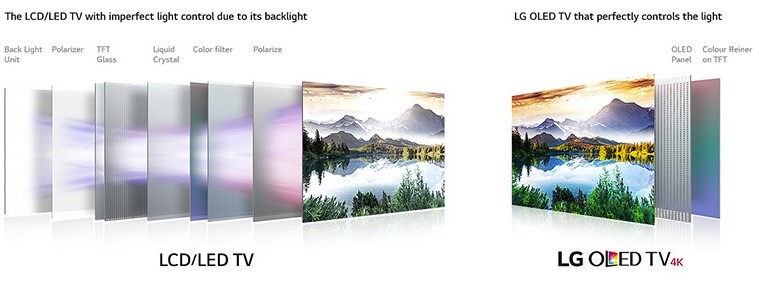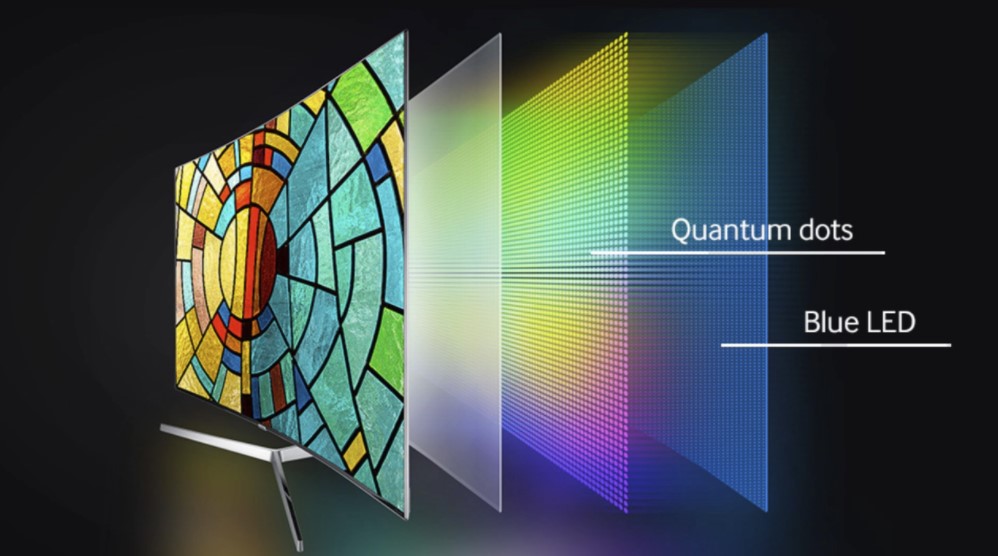
If you’ve been on the market for a TV in the past few years, you’ve definitely come across the acronyms ‘OLED’ and ‘QLED’. Even a passing glance into a shop window or newspaper advertisement has you curious about what it all means. This guide will provide a quick overview of the key differences between the two, to help you make a more informed decision of what works best for you.

Close up of an LED panel
First, we need to explain a small bit of tech, chiefly what an LED is. ‘LED’ stands for ‘Light Emitting Diode’. These tiny marvels use red, green and blue light to create numerous shades of coloured light, and in the case of television screens, millions of these tiny dots are arranged on a panel. This LED panel is illuminated either from behind or from the side, which then creates the picture you see.
So what is OLED? First pioneered by manufacturer LG, ‘OLED’ stands for ‘Organic Light Emitting Diode’. In practical terms, this means that each diode (or ‘pixel’) is able to turn itself on or off, without the need to be illuminated from another source.

OLED TV diagram. Credit: harveynorman.com.au
The most immediate improvement OLED has on picture quality is black levels and shadow details. Because each pixel can turn itself, and there’s no additional light source from behind, black shades appear truly black, as opposed to the washed out grey that can plague some LED screens. The screens also vastly improve colour accuracy, again due to the fact that each pixel is able to operate independently of its surrounding neighbours.

QLED diagram. Credit: Samsung
So what about QLED? Samsung introduced its ‘Quantum dot LED TV’ screens shortly after OLED TVs hit the market, and are often seen as the alternative to OLED, but QLED screens operate quite differently.
Quantum dots are microscopic molecules that, when hit by light, emit their own, differently coloured light depending on their size. In QLED TVs, these dots are contained in a film, and the light that illuminates them comes from an LED backlight, like mentioned previously. That light then travels through a few other layers inside the TV, including a liquid crystal (LCD) layer, to create the picture.
Now that you know the difference, you’re probably asking which is better? As with most things, it all comes down to personal taste, but there are a few differences that are worth mentioning.
First is screen size. OLED screens don’t come in sizes below 48″, while some QLED models are available as small as 32″, something to consider if space plays a big factor in your situation.
Next up is performance. Both OLED and QLED are capable of producing some truly breath-taking images. If you do a lot of your viewing with the lights off, OLED’s ability to produce true blacks is something to consider. If absolute realism is your goal, OLED will also be worth the audition.
QLED screens offer a fantastic picture in almost any setting. They are characteristically very bright, and they make colours really pop. This makes QLED screens a great choice if you tend to watch TV during the day, and can add a bit of extra excitement to gaming too.
A TV is more than just a screen, though! Today’s televisions also come with a huge array of extra options and features that can enhance your experience overall. That’s why we highly recommend testing out a variety of models in person so you can get a feel for what suits you best! We stock a huge range of OLED and QLED TVs, and are always happy to show you just what these incredible sets are capable of. Get in touch with your local Richer Sounds store to arrange a demo and discuss your requirements.





